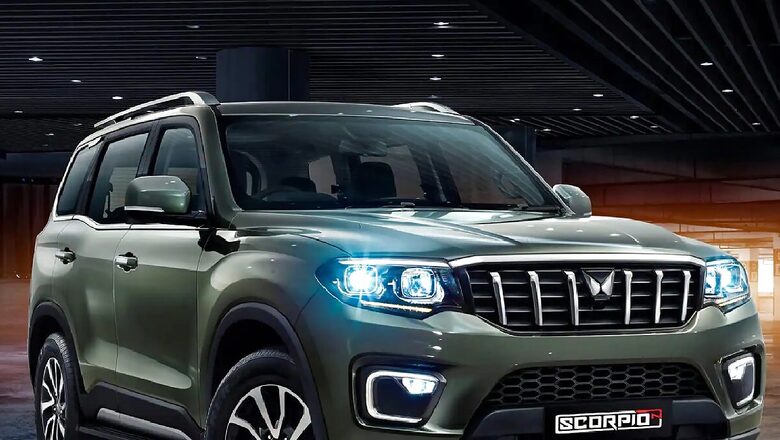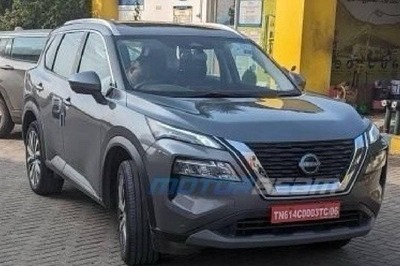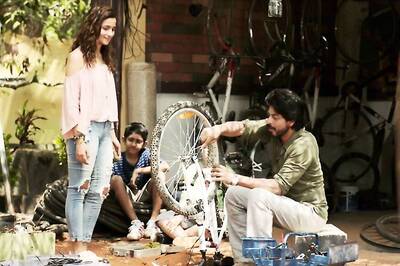
views
Dolby, the pioneer of noise reduction technology in professional, home, and cinema audio recordings, is eyeing to expand its presence in the Indian automotive sector.
Dolby’s technology is all-pervasive, as seen in products like the recently launched Apple iPhone 15, high-end television sets, and premium music streaming services. Its foray into the automotive industry began with Lucid in 2021. Since then, Dolby has partnered with prestigious brands like Maybach, Mercedes-Benz, Volvo, Polestar, and Lotus. And now, reports suggest that Mahindra is set to become the first Indian automaker to incorporate Dolby’s services into its new lineup of electric vehicles.
What can the customers expect?
Vehicles equipped with the Dolby system will deliver superior audio quality. Additionally, Dolby Atmos music will be introduced in cars, offering an experience that precisely reproduces the separation and positioning of individual instruments or vocals.
Mahindra and Dolby’s Collaboration
The introduction of this incredibly realistic sound experience will mark its debut in Mahindra’s upcoming lineup of BE (battery electric) vehicles. Mahindra will incorporate 360-degree surround sound hardware from Harman (with various system options available). In higher-tier models, there may even be speakers positioned both on the roof and within the cabin’s lower areas, providing an immersive audio experience.
This collaboration will not only offer three-dimensional sound but also encompass features like navigation prompts, reverse camera alerts, directional audio cues for autonomous driving assistance, and more.
Cars have a unique advantage over other listening environments, like your living room, because when you’re in the vehicle, your ears stay in one place in relation to the speakers. Dolby engineers suggest that this fixed position makes it easier to fine-tune the sound, promising better precision in creating a three-dimensional audio experience.
According to Autocar India, Andreas Ehret, Automotive Dolby’s Director, explains, “The better the hardware, the better it gets, but it will work well even on mid-level car systems. The music, however, needs to be re-imagined for Dolby Atmos we are not upscaling [mixing] from stereo.”
Dolby has designed Atmos music to be adaptable right from the beginning. This means even cars with simpler sound systems can potentially deliver Dolby Atmos music, much like how regular sound bars and speakers can create 3D-like audio. As streaming services dominate the music scene today, customers can expect a lot of popular music to be reimagined for Dolby Atmos. This is especially true as streaming platforms strive to provide their customers with the best possible sound experience.




















Comments
0 comment